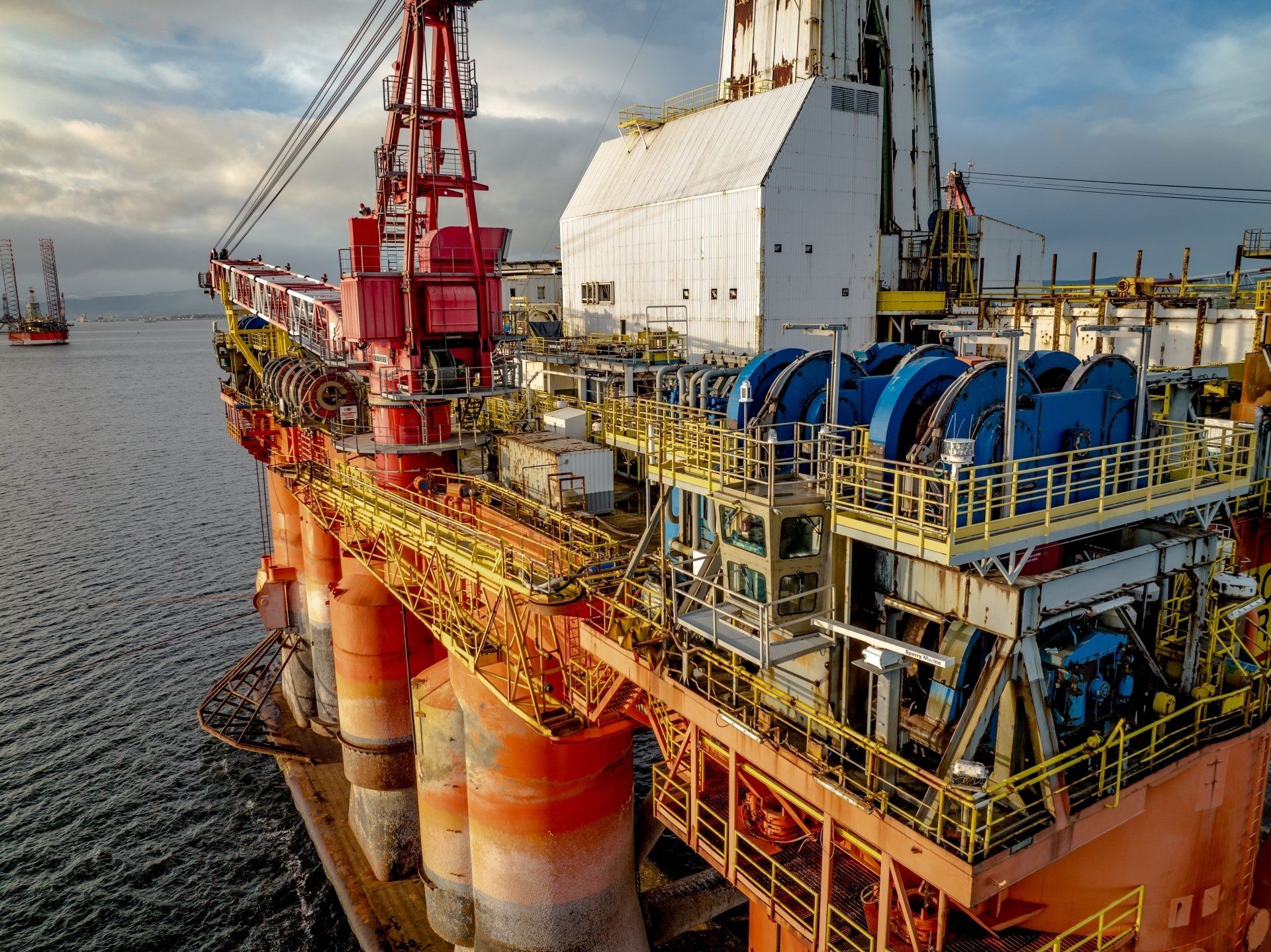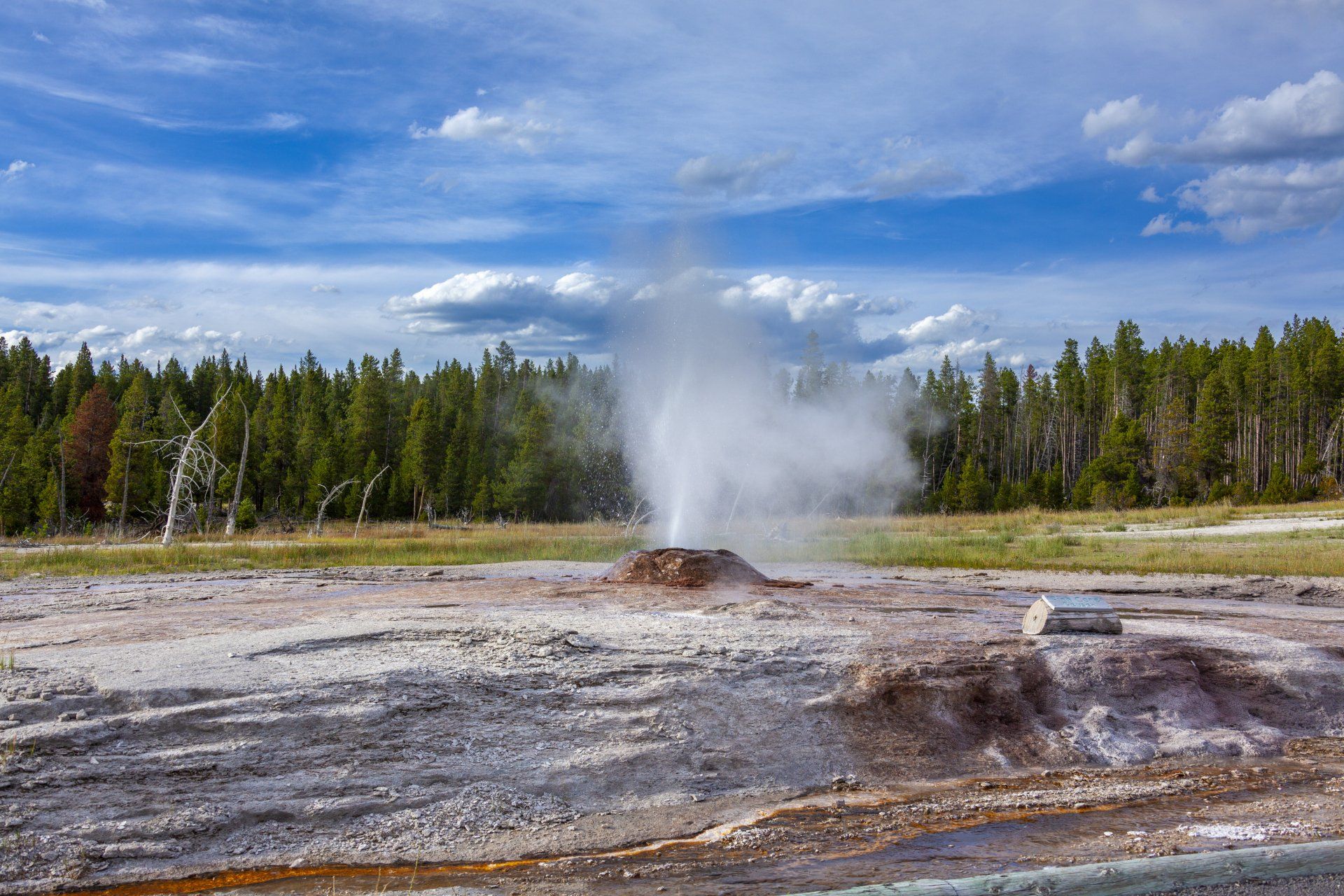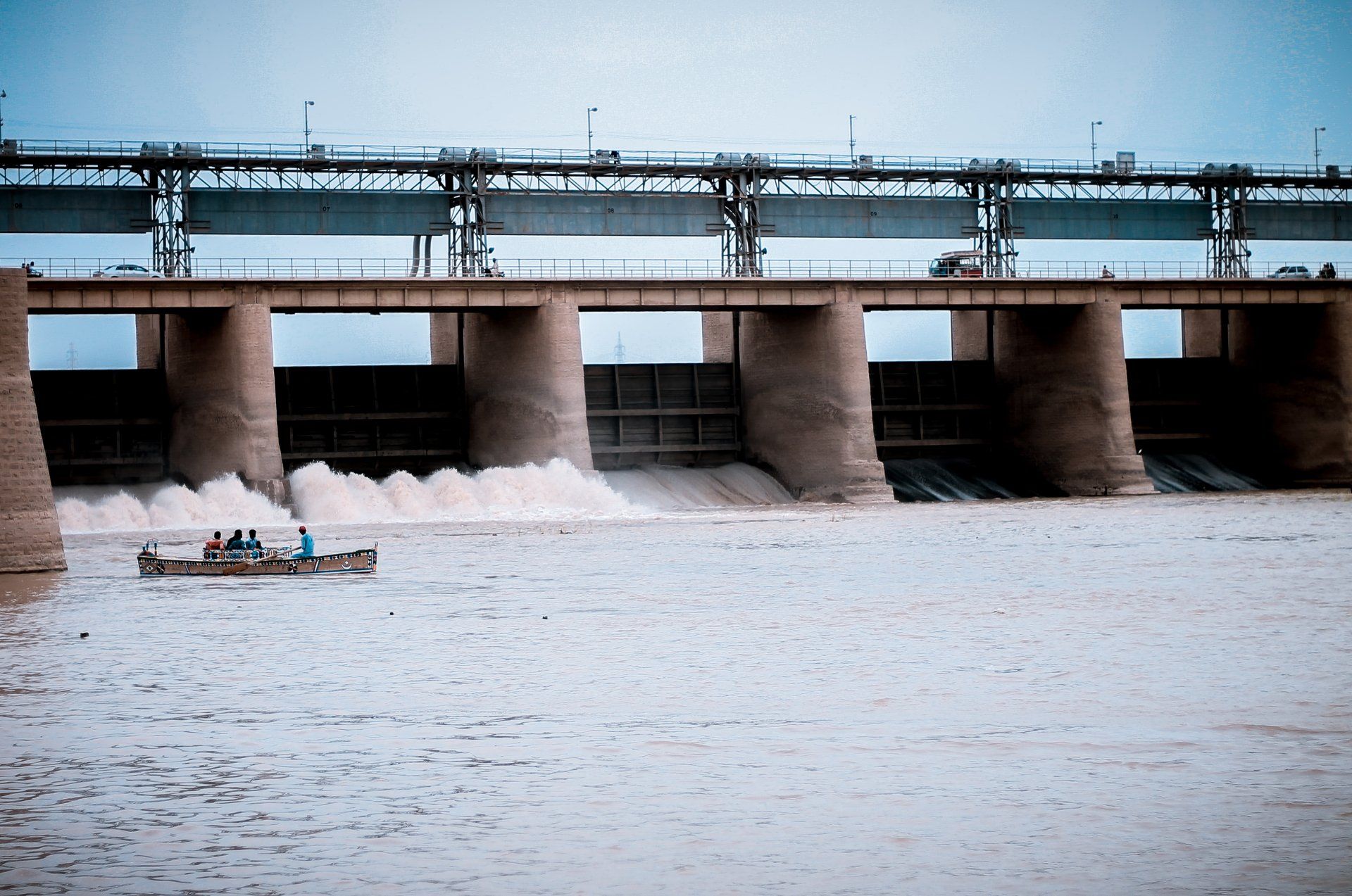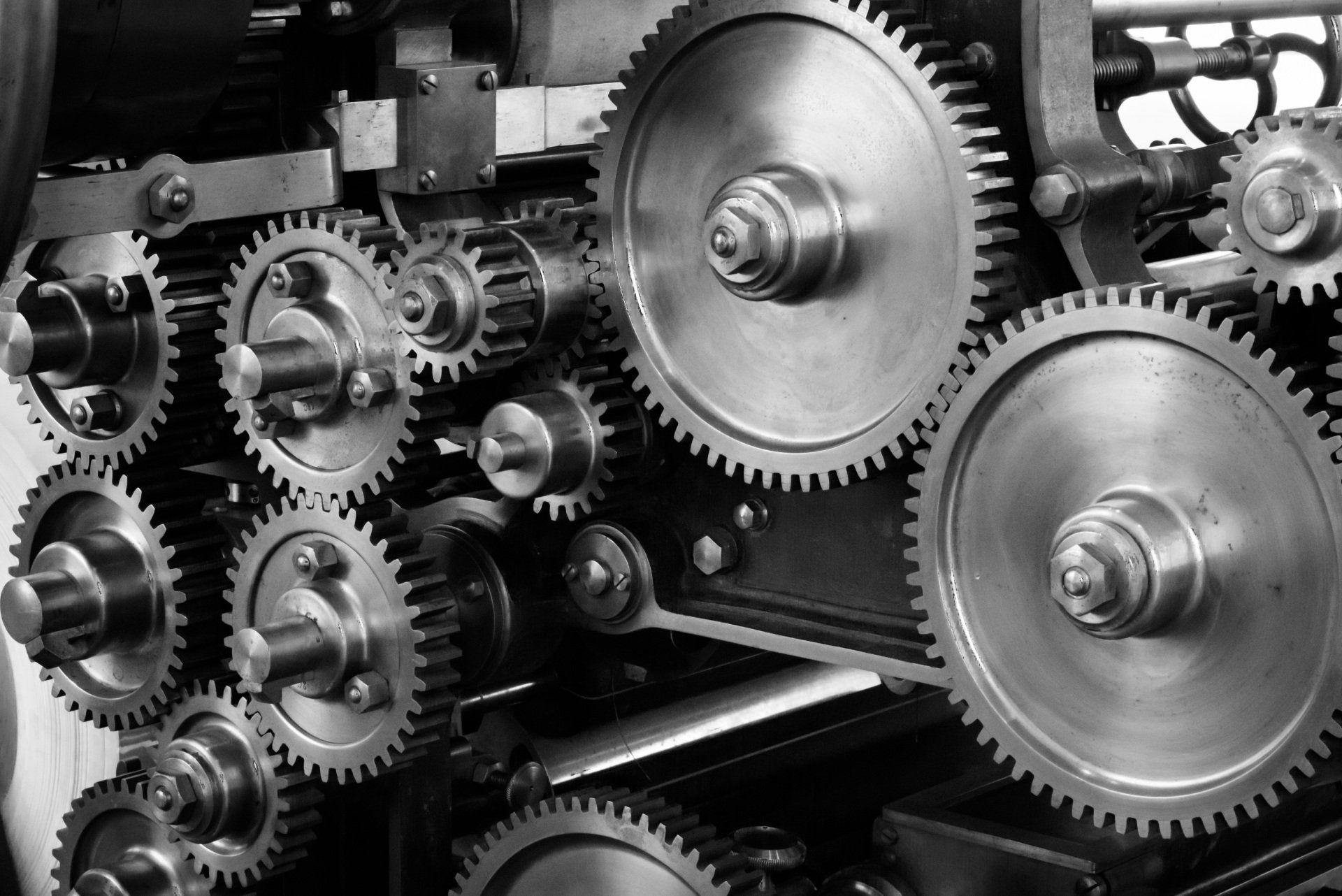Mechanical
C O U R S E S
Quick Links
This course is designed to develop skills in understanding basic
hydraulic systems, fluid, tanks, directional valves, relief valves,
and stating the flow and function of component using a graphic fluid symbol. The participants also learn how to draw hydraulic circuits using ISO symbols.
This course is designed for new mechanical engineers,
technicians and chemists whose work is related to the features
of oil refining and gas plants
-
Course Objectives:
At the end of this course participants will be able to:
- Describe in writing Pascal’s Law (relationship between pressure force and area) and calculate force or area when given required values (F = P X A)1
- Know types of fluid pumps including positive displacement and non-positive
- State the three basic type of pumps including gear pump, vane pump, and piston pump
- Understand the types of hydraulic valves including directional, flow and pressure control valve
- List the type of hydraulic actuators, such as: hydraulic motors and hydraulic cylinders
- State the flow and function of component using a graphic fluid symbol
- Describe the hydraulic load sensing and pressure compensated system
-
Course Content
- Hydraulic tanks
- Function of hydraulic fluid
- Hydraulic pumps
- Pressure control valves
- Directional control valves
- Flow control valves
- Cylinders
- Pilot hydraulics and implement hydraulic systems
-
Programme Schedule
Day 1
Introduction
Hydraulic Tanks
- Pressurized tanks
- Vented tanks
- ISO schematic symbol
Function of Hydraulic Fluid
- Viscosity
- Petroleum products
- Fire resistant fluids
Day 2 and 3
Hydraulic Pumps
- Pumps
- Hydraulic motor
- Non-positive displacement pumps
- Positive displacement pumps
- Fixed displacement vs variable displacement
- Pump ISO symbols
Pressure Control Valves
- Relief valves
- Relief valves ISO symbols
- Sequence valve
- Pressure reducing valve
- Pressure deferential valve
Directional Control Valves
- Directional control valve
- Open centre directional control valve
- ISO symbols
Day 4 and 5
Flow Control Valves
- Orifice
- Pressure compensated flow control valve
- Quick drop valve
Cylinders
- Single acting cylinders
- Double acting cylinders
Pilot Hydraulic and Implement Hydraulic Systems
Welding is the process of permanently joining two materials
through localized coalescence; resulting from a suitable
combination of temperature, pressure and metallurgical
condition1 This course covers welding classification, welding
process, welding metallurgy, material welding, weld symbols
and weld quality.
This course is designed for new mechanical engineers and
technicians, as well as welding and inspection engineers.
-
Course Objectives:
- Define welding
- List the components of the welding process, including: gas welding, arc welding, resistance welding, and solid phase welding.
- Sate the type of welding of material, including: welding of cast iron, welding of aluminum, and welding of stainless steel
- Know welding quality components throughout: porosity, crack, and lack of fusion.
- State the welding procedures and planning processes
- Conduct non-destructive tests
-
Course Content
- Definition and classification
- Review of the conventional welding process
- Shielded metal ARC welding
- Thermal and metallurgical considerations in welding
- Welding of materials
- Welding procedure and process planning
- Weld quality
- Testing and inspection of welds
-
Programme Schedule
Day 1
Introduction
- Definition and classification
- Importance of welding, and its applications
Review of the Conventional Welding Processes
- Gas welding
- Arc welding
- Resistance welding
- Solid phase welding
Day 2
Shielded Metal ARC Welding
- Principles of operation
- Welding currents (AC vs DC)
- Covered electrodes
Thermal and Metallurgical Consideration in Welding
- General metallurgy
- Welding metallurgy
- Thermal and mechanical treatment of welds
Day 3 and 4
Welding of Materials
- Welding of cast irons
- Welding of aluminium
- Welding of stainless steel
Welding Procedure and Process Planning
- Welding symbols
- Welding procedures
- Joint preparations for fusion welding
Weld Quality
- Discontinuities in fusion welding joints
- Causes and remedies for fusion weld discontinuities
- Discontinuities in resistance and solid welds
- Discontinuities in brazed and soldered joints
- Significance of weld discontinuities
Day 5
Testing and Inspection of Welds
- Tensile prosperities
- Bend test
- Non-destructive inspection of welds
This course is designed to develop skills in understanding
rotating equipment and its components, pumps, compressors
and turbine operation and maintenance, as well as bearing,
fitting servicing, and troubleshooting.
This course is designed for new mechanical engineers and
maintenance technicians.
-
Course Objectives:
At the end of this course participants will be able to
- Define safety needs and lockout procedures
- Identify rotating equipment
- Identify the major components of rotating equipment and explain their function1
- Identify the auxiliaries equipment required to maintain rotating equipment operation.
- Define inspection and preventive maintenance
-
Course Content
- General safety topics
- Compressors types and maintenance
- Pumps types, components, characteristics, application and maintenance
- Turbines operation, components and maintenance
- Fans and louvers belts safety and maintenance
- Lubrication types and hazards
- Bearings
- Seals types and trouble shooting
- Alignment methods and troubleshooting
- Vibration analysis and cause and effect
- Maintenance types
-
Programme Schedule
Day 1
General Safety Topics
- Tents of maintenance safety
- Safety meeting
- Rotating equipment safety
Compressors Types and Maintenance
- Introduction
- Centrifugal
- Reciprocating
- Screw
Day 2
Pumps Types, Components, Characteristics, Application and Maintenance
- Pumps- general
- Positive displacement pump
- Centrifugal
- Turbines Operation, Components and Maintenance and Gas Turbines
Day 3
Fans and Louvers Belts Safety and Maintenance
- Lubrication Types and Hazards
- Oil
- Grease
- ISO and SAE specifications
Day 4
Bearings
- Purpose
- Friction
- Antifriction
- Seals Types and Trouble shooting
- Alignment Methods and Troubleshooting
Day 5
Vibration Analysis and Cause and Effect
- Maintenance Types
- Preventive
- Predictive
- Proactive
This course is designed to develop skills in understanding
bearing types and how to select and identify the correct
bearing, trouble shooting, and handling and storage.
This course is designed for mechanical maintenance engineers and technicians. Senior engineers, leaders and planning personnel could also attend this course.
-
Course Objectives:
At the end of this course participants will be able to
- Identify types of bearing and parts
- Select the correct bearing type for different load conditions
- Identify the correct bearing fit for different applications
- Fit and remove an antifriction bearing
- Identify some common causes of bearing failure by visual inspection
-
Course Content
- Friction
- Bearing loads
- Plain bearing
- Troubleshooting
- Anti-friction bearing
- Trouble shooting: Anti-bearing failures
- Bearing housing
- Handling and storage
-
Programme Schedule
Day 1
Introduction
- Friction
- Bearing Loads
Plain Bearing
- Types of plain bearing
- Plain bearing fits
- Plain bearing
- Fitting and removing plain bearing
Day 2
Troubleshooting
- Wiping
- Scoring
- Erosion
- Fatigue
- Fretting
- Misalignment
- Corrosion and Deposits
Day 3
Anti–Friction Bearing
- Parts of an anti-friction bearing
- Types of anti-friction bearing
- Anti-friction bearing fits
- Anti-friction bearing materials
- Anti-friction bearing lubrication
- Fitting and removing anti-friction bearing
Day 4 and 5
Trouble shooting: Anti-Bearing Failures
- Wear marks
- Fatigue
- Misalignment
- Damage caused by incorrect fitting
- Brinnelling and false brinnelling
- Lubrication failure
- Bearing Housing
- Handling and Storage
This course introduces the participants to the concepts of
compression methods and compressors types, selection,
operation and maintenance, troubleshooting, as well as
preventative maintenance procedures.
This course is designed for engineers and operations staff
responsible for operating and maintaining gas compressors.
-
Course Objectives:
At the end of this course participants will be able to
- Have a detailed understanding of the natural gas compression process, reciprocating compressor components and hardware
- Know practical operating guidelines to optimize production and minimize downtime on natural gas compressors
- Understand compressor sizing fundamentals, performance evaluation, optimized loading curve review and troubleshooting
-
Course Content
- Reciprocating compressors and their Applications
- Design and materials
- Operation and maintenance
- Repair of reciprocating compressors
- Troubleshooting
- Preventive maintenance
-
Programme Schedule
Day 1
Reciprocating Compressors and their Applications
- Introduction
- Methods of compression
- Types of compressors
- Characteristics of reciprocating compressors
- Compressor selection
- Reciprocating compressor cylinder arrangement
Day 2
Design and Materials
- Materials of construction
- Foundation for reciprocating compressors
- Compressor piping and pulsation
Operation and Maintenance
- Lubrication of reciprocating compressors
- Operational problems of maintenance of compressor control System
- Non-lubricated compressor maintenance
Day 3
Repair of Reciprocating Compressors
- Compressor alignment
- Foundation problems and repairs
- Compressor bearing maintenance and replacement
- Other compressor component repairs
Day 4 and 5
Troubleshooting
- Introduction compressor problems
- Typical compressor problems
- Troubleshooting lubrication systems
- Motor controls
- Compressor services technicians reports
Preventive Maintenance
- Compressor maintenance
- Effectiveness of preventative maintenance
- Compressor preventative maintenance
Gas Turbine & Turbo Expander: Operation, Maintenance, and Troubleshooting
Duration: 5 days | Level: Intermediate
Gas turbines are a significant prime mover in industrial plant
application1 For this reason it is important for the technicians
to understand the principles of operation and maintenance
involving gas turbine.
This course is designed for mechanical and instrumentation
engineers whom are working in gas turbine operation and
maintenance up to a maximum of 10 years of experience.
-
Course Objectives:
At the end of this course participants will be able to
- Describe the working principles, components, types, applications, and systems 1
- Know startup & shutdown procedure
- Conduct regular gas turbine maintenance
- Describe energy transformation in gas turbine engines
- Describe turbine engine performance and specifications
- Advanced methods of gas turbine maintenance (bore scope–condition monitoring)
-
Course Content
- The gas turbine engine
- Gas turbine engine components
- Energy transformation in gas turbines
- Fluid flow in gas turbine engines
- Gas turbine engine performance and specifications
- Selected topics on gas turbine component design and manufacturing
- Gas turbine maintenance
-
Programme Schedule
Day 1
The Gas Turbine Engine
- Basic cycle
- Advantages and disadvantages
- Applications
Gas Turbine Engine Components
- Radial and axial air compressors
- Combustors and their types
- Turbines and their type
Day 2
Energy Transformation in Gas Turbines
- Introduction in thermodynamics
- Enthalpy and kinetic energy
- Energy transformation in the air compressor
- Energy transformation in the combustors
- Energy transformation in the turbines
- Examples using thermodynamics equations
Fluid Flow in Gas turbine Engines
- Surge and rotating stalls
- Friction and turbulence
- Chock flow
Day 3
Gas Turbine Engine Performance and Specifications
- Leading particulars
- Compressor characteristics
- Turbine characteristics
- Component losses and matching
- Calculation of specific fuel consumption and equivalent speed and flow
Day 4
Selected Topics on Gas Turbine Component Design and Manufacturing
- Introduction
- Properties of manufacturing materials
- Gas turbine cooling
- Manufacturing of turbine blades and vanes
- Accessory components
Day 5
Gas Turbine Maintenance
- Air inlet filtration
- Compressor blades erosion
- Compressor fouling
- Compressor tip clang
- Inspection schedules
- Safety precautions
- Bore-scope inspections
- Cracks testing
- Bearings
This course covers all the steps required in developing a
successful Planning & Predictive Maintenance programme from system development, until a well-managed Maintenance system is in place and operational.
This course is designed for planners and engineers in the field of maintenance, or operation personnel whose work is related to preventive and/or predictive activities.
-
Course Objectives:
At the end of this course participants will be able to
- Understand how world-class organizations solve common planning problems
- Improve productivity through use of better, more timely information
- Implement a practical and effective predictive maintenance effort.
- Improve consistency and reliability of asset information
- Achieve more productive turnarounds
- Optimize preventive and predictive maintenance strategies
-
Course Content
- Introduction to maintenance management & reliability
- Effective maintenance strategies
- Maintenance management, leadership, planning, & scheduling
- Failure management & achieving excellence
- Maintenance benchmarking and performance measurement
-
Programme Schedule
Day 1
Introduction to Maintenance Management & Reliability
- Maintenance management fundamentals
- Managing equipment reliability
- Failure mode effect & critical analysis
- Optimizing maintenance decisions
Day 2
Effective Maintenance Strategies
- Introduction to maintenance strategies
- Preventive maintenance strategy, selection and implementation
- Predictive maintenance strategy, selection and implementation
- Resources and roles in maintenance: dedicated manpower, contractors and specialist tools
Day 3
Maintenance Management, Leadership, Planning & Scheduling
- Roles & responsibilities
- Job planning
- Scheduling
Day 4
Failure Management & Achieving Excellence
- Potential Failure Analysis (PFA): Integration of PFA with FMECA & RCM; understanding the P-F interval and deciding which technologies to apply
- Vibration Analysis: detectable faults, setup parameters, monitoring & protection, and online or offline
- Supporting Technologies: infrared thermography, passive ultrasonic and oil analysis
- Steps for achieving maintenance excellence
Day 5
Maintenance Benchmarking and Performance Measurement
- Best practice maintenance management
- CMMS integration & reporting
- Key performance indicators
RCM is a systematic process used to determine what has to
be accomplished to ensure that any physical facility is able
to continuously meet its designed functions in its current
operating context. This course covers the principles of RCM,
as well as implementation, preparation, techniques, and
monitoring and trending strategy.
This course is designed for division managers and maintenance- related managers. Maintenance and production engineers will also benefit from this course.
-
Course Objectives:
At the end of this course participants will be able to
- Understand Reliability Centered Maintenance (RCM) concepts and principles
- Know techniques and how to implement RCM1
-
Course Content
- Introduction to RCM
- Fundamental RCM concepts
- RCM implementation: preparation and tools
- RCM made simple: implementation process
- RCM task selection process
- RCM for instruments
- RCM monitoring and trending strategy
-
Programme Schedule
Day 1
Introduction to RCM
Fundamental RCM Concepts
- The three phases of an RCM-based preventative maintenance program
- The three cornerstones of RCM
- Hidden failures, redundancy, and critical components
- Economic components
- Redundant, standby, and backup functions
- Typical examples of component classifications
- Failures found during operator functions
- Component classification hierarchy
- The defensive strategies of a PM programme
- Eliminating the requirement for identifying boundaries and interfaces
- Functions and functional failures are identified at the component level
- The COFA versus FMEA
- How do you know when the plant is reliable?
Day 2 and 3
RCM Implementation: Preparation and Tools
- Preparation
- The sequential elements needed for the analysis
- Informational resources
- Establishing convention
- Specialized work stations and software
- COFA Excel spreadsheet versus the FMEA
RCM Made Simple: The Implementation Process
- Define your asset strategy
- Understanding the RCM COFA logic tree
- Completing the COFA worksheet in conjunction with the COFA logic tree
- Describe the component functions
- Describe the functional failures
- Describe the system effect for each failure mode
- Total productive maintenance
- Reliability-based maintenance
- Probabilistic safety analysis
RCM Task Selection Process
- Understanding preventative maintenance tasks
- PM task selection logic tree
- Determining the PM task frequency and interval
- Common mode failures
- Different predictive maintenance techniques
Day 4
RCM for Instruments
- Instrument categories
- Instrument logic trees
RCM Living Programme
- Model for the RCM living programme
- The Graft feedback evaluation element
- The corrective maintenance evaluation element
- Root-cause evaluations
- Industry failure data
Day 5
RCM Monitoring and Trending Strategy
- The aggregate metrics
- Weighting factors
- Performance calculations
- Final caution
- Performance graphs
- Performance graph by system
- Avoid reliability complacency
Systematic risk-based inspection can assess the likelihood and potential consequences of the failure of pressure equipment. Risk-based inspection provides an opportunity for companies to prioritize inspection equipment; improve methods of inspection, frequency, resources, develop specific plans for inspection of equipment, and enable the implementation of reliability centered maintenance. This results in improved safety and less risk of failure, forced shutdowns, and reduce operational costs.
This course is designed for operations engineers, maintenance
engineers, and engineering managers and supervisors
-
Course Objectives:
At the end of this course participants will be able to
- Know the key aspects of Risk-Based Inspection (RBI), its advantages and limitations
- Understand how RBI is linked to reliability-centered maintenance
- Understand how a fitness-for-service assessment affects risk
- Develop optimum inspection intervals for individual equipment based on the assessment of the active degradation
-
Course Content
- Significance of inspection
- Maintenance costs
- Risk-Based Inspection definitions
- API Risk-Based Inspection methodology
- Overview of over 60 damage mechanisms found in refineries
- Inspection planning & guidance
- Inspection history & interpretation
- Inspection interval optimization based on assessed risk
-
Programme Schedule
Day 1
Significance of Inspection in Plant Integrity and Maintenance Costs
- Common inspection strategies and their limitations
- Risk-based decision-making fundamentals and tools
- Understanding and managing risk
Day 2
Risk Based Inspection Definitions
- Risk-Based Inspection evolution
- Key Elements of RBI
- Reasons for implementing Risk Based Inspection
- API Risk-Based Inspection methodology
- Impact of RBI on Related API codes, standards, and recommended practices
- API Risk Based Inspection software
Day 3
Overview of 60+ Damage Mechanisms Found in Refineries
- Detailed discussion of some common damage mechanisms
- Identification of deterioration mechanisms & failure modes
- Selection of suitable materials for specific deterioration mechanisms
- Integrated asset management
Day 4
Inspection Planning & Guidance
- Need for some speculative/exploratory inspection
- RBI implementation
- Developing equipment and piping systems/circuits Inventory
- Inspection history & interpretation
- Equipment database
Day 5
Inspection Interval Optimization Based on Assessed Risk
- Evaluation of inspection results
- Fitness-for-service assessments
- Estimation of consequences of failure
No course decription
-
Course Objectives:
At the end of this course participants will be able to
- Identify the different types of valves and their classifications.
- Understand applications and needed calculations for valve selection, valve rating standards and performance.
- Be aware of types of actuators and applications, valve installation and maintenance
- List the different types of linear motion valves and their applications.
- List the different types of rotary motion valves and their applications
- Size the control valve actuators
- Define the fail system construction1
- Recognize the limit switch types
-
Course Content
- Introduction to control valves
- Control valve performance
- Valve and actuator types
- Control valves and connections
- Valve body bonnets
- Actuators
- Control valve accessories (positioners)
- Control valve selection
- Control flow characteristics
- Valve sizing
- Non-destructive test procedures
- Installation and maintenance
-
Programme Schedule
Day 1
Introduction to Control Valves
- Control Valve Performance
- Process variability
- Dead band
- Actuator–positioner design
- Valve response time
- Valve type and characteristics
- Valve sizing
Day 2 and 3
Valve and Actuator Types
- Control valves
- Globe valves
- Rotary valves
Control Valves and Connections
- Screwed pipe threads
- Bolted casketed flanges
- Welding-end connections
Valve Body Bonnets
- Extension bonnets
- Bellows seal bonnets
Actuators
- Diaphragm actuators
- Piston actuators
- Manual actuators
- Electric actuators
- Electric hydraulic actuators
Control Valve Accessories (Positioners)
Day 4 and 5
Control Valve Selection
- Valve body materials
- Designation for high nickel alloys
- Pressure temperature ratings for standard class
Control Flow Characteristics
- Flow characteristics
- Selection of flow characteristics
Valve Sizing
- Sizing valves for liquids
- Equation constants
- Determining differential pressure
Non-Destructive Test Procedures
Installation and Maintenance
Choose a subject area
Ready to see the impact that UniHouse can have on your organisation?
Contact Us
We will get back to you as soon as possible.
Please try again later.
Useful links
Contact info
London, United Kingdom
Imperial College,
Innovation Hub,
4th Floor,
84 Wood Lane, London,
W12 0BZ
Join our newsletter
We will get back to you as soon as possible
Please try again later
The name "UniHouse®" is protected by UK Trademark Registration No. UK00003667826, held by Unihouse Global Ltd. This trademark is registered with the Intellectual Property Office in the United Kingdom. Any unauthorized use is strictly prohibited









